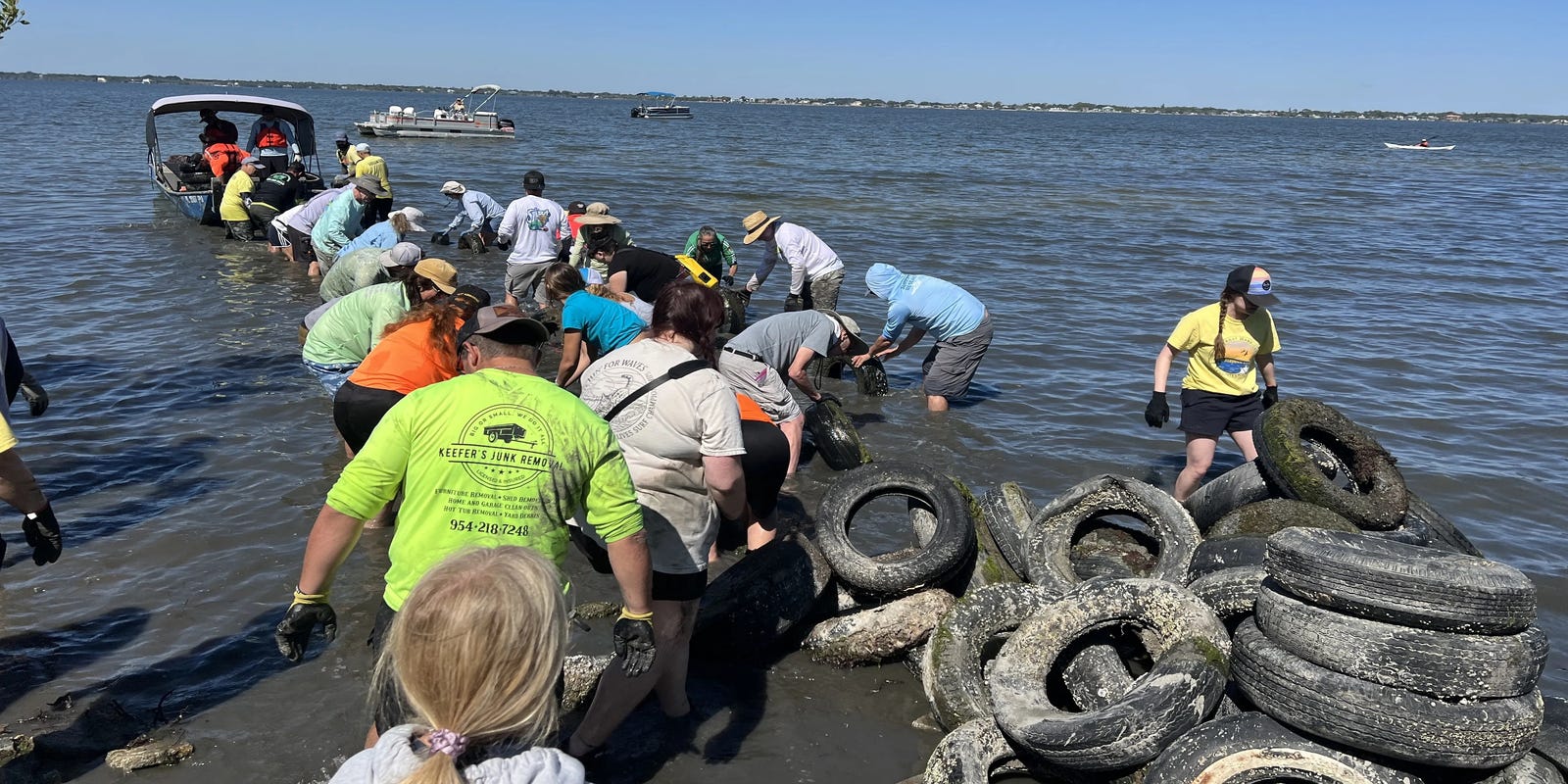Tire Takedown: Eco-Warriors Rescue Indian River Lagoon's Underwater Ecosystem

Environmental activists are taking a bold stand against the silent ecological threat posed by waste tires in the Indian River Lagoon, championing the preservation of marine life in this delicate ecosystem. The ongoing battle highlights the critical need to address pollution that threatens the rich biodiversity of one of Florida's most precious natural habitats.
Passionate lagoon advocates are shedding light on the devastating consequences of tire waste, which can leach harmful chemicals and microplastics into the water, creating a toxic environment for marine organisms. These dedicated conservationists argue that the long-term survival of the lagoon's intricate ecosystem hangs in the balance, with each discarded tire representing a potential death sentence for countless aquatic species.
The campaign focuses on raising awareness about the hidden dangers of tire pollution, emphasizing how seemingly innocuous waste can create catastrophic ripple effects throughout the marine food chain. Local environmental groups are pushing for more stringent disposal regulations and innovative recycling solutions that can protect the lagoon's fragile marine life.
By prioritizing the health of marine ecosystems over industrial convenience, these advocates are sending a powerful message: the Indian River Lagoon is not just a body of water, but a living, breathing system that deserves our utmost protection and respect.
